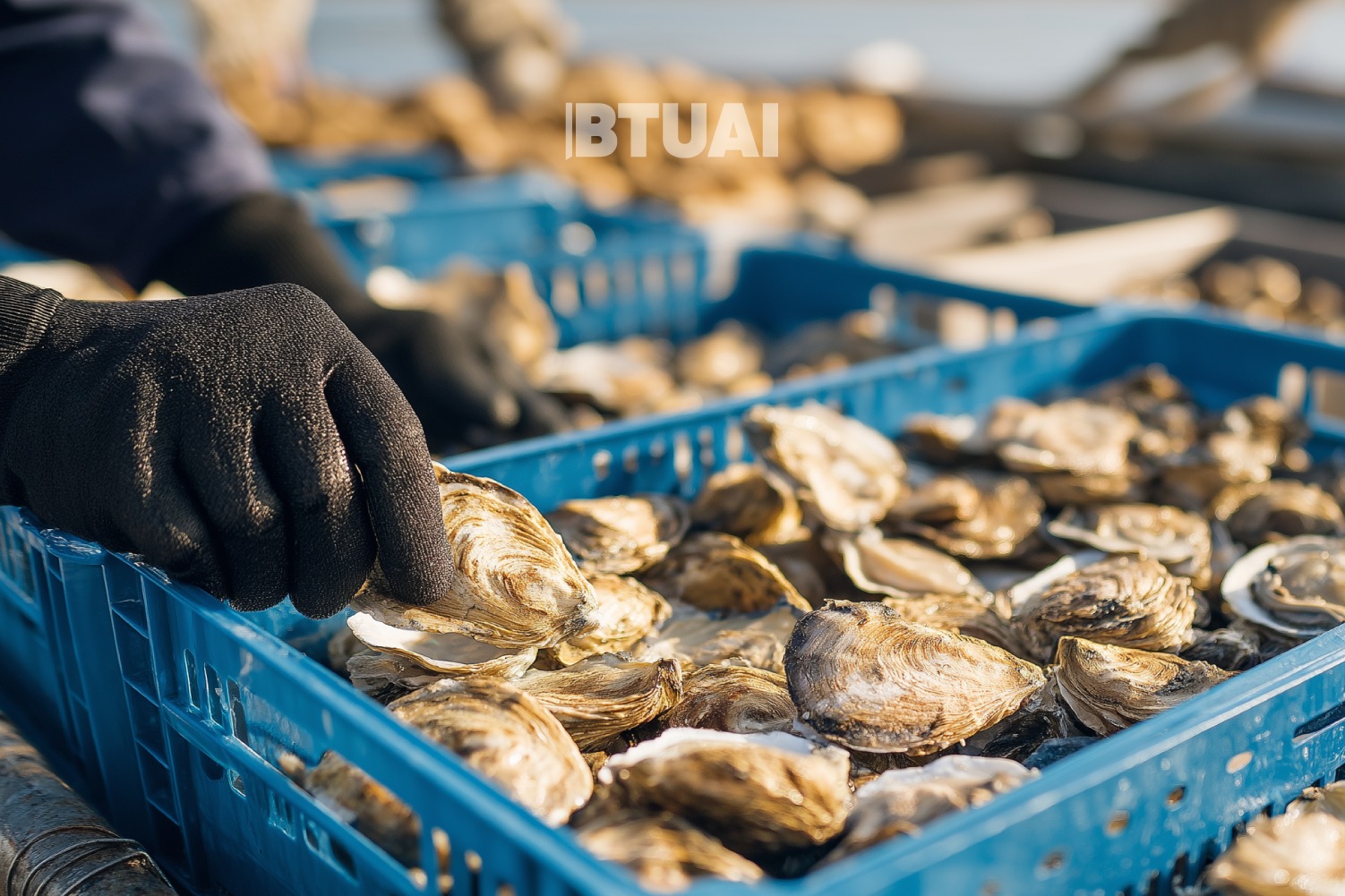Turkey–Georgia Economic Alliance: Structural Shifts and Emerging Trends
For nearly three decades, Turkey has remained one of Georgia’s most important economic partners. Since independence, the scale and

For nearly three decades, Turkey has remained one of Georgia’s most important economic partners. Since independence, the scale and structure of economic ties between the two countries have evolved significantly. Yet alongside deepening cooperation, new challenges and trends have emerged — developments that could alter the strategic weight of the relationship.
The trajectory of foreign direct investment (FDI) from Turkey dates back to the 1990s, with a peak in 2017, when Turkish capital inflows reached $256 million. Since then, the trend has been uneven, and by 2024, investments totaled just $93.2 million — less than one-third of the 2017 figure. Over the past five years, inflows have remained relatively stable but at a lower level, with the first quarter of the current year even showing a decline compared to the same period in 2024. At present, Turkey ranks only third among foreign investors, underscoring the growing competition from other regional players for Georgia’s investment space.
In terms of remittances, the flow from Turkey to Georgia fell in 2024 compared to the previous year, although signs of recovery have appeared in 2025. In the first five months alone, over $42 million was transferred — 6.3% more than in the same period last year. Nevertheless, personal financial connections between the two countries still lag far behind those with Italy or the United States.
Trade remains the cornerstone of the partnership, with Turkey consistently ranking as Georgia’s leading trade partner. In 2024, bilateral trade turnover exceeded $3.2 billion, accounting for 13.8% of Georgia’s total trade. However, the balance is clearly in Turkey’s favor: imports far exceed exports, particularly in pharmaceuticals, oil, steel structures, and automobiles. While Georgian exports have grown, they remain concentrated in ferroalloys and textiles — both of which saw declines in the current year. From January to May 2025, overall trade turnover fell by 4%, exports by 22%, and imports by 1%, reflecting broader macroeconomic challenges.
Tourism — another strategic link in bilateral relations — is also entering a new phase. After a steady post-pandemic recovery, the number of visits from Turkey began to decline in 2024, and in the first six months of 2025, arrivals were already down 14.5% year-on-year.
Taken together, these figures paint a clear picture: Turkey remains one of Georgia’s key economic partners across investment, trade, remittances, and tourism. However, the old dynamics are shifting in the new geo-economic reality. The pace of Turkish capital inflows and business activity has slowed; exports are stagnant or declining; imports still dominate; and tourism flows are weakening. This points to an urgent need for Georgia to diversify its economic partnerships, foster innovative sectors, and reassess strategic priorities in bilateral cooperation — ensuring that the benefits of partnership with Turkey are preserved while reducing potential economic risks in the years ahead.




